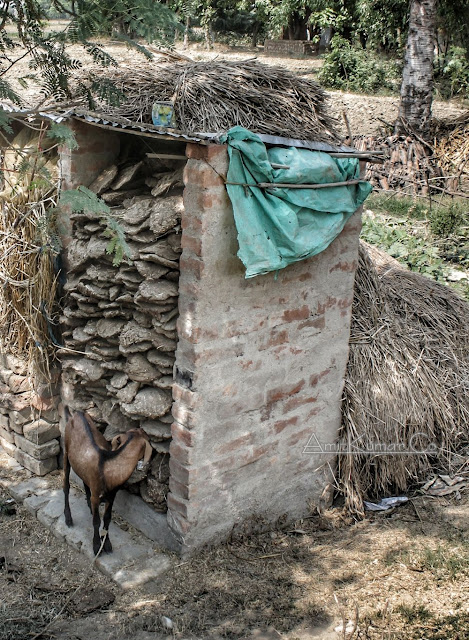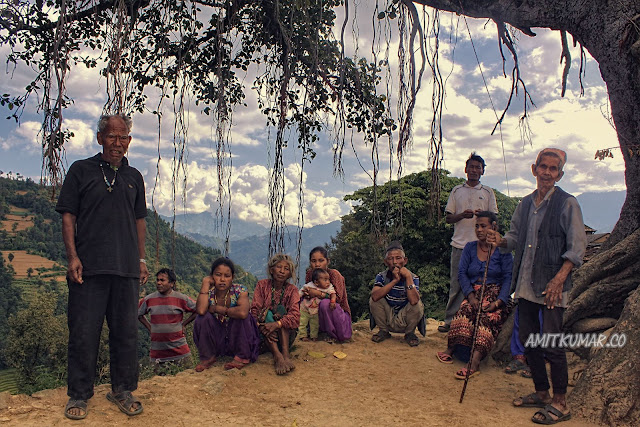by Amit Kumar,2016
Really how people are going to use such poorly constructed toilets
Total Sanitation Campaign is in practice
since 1999 but failed to achieve its targets and is still going at a snail’s
pace though Modi ji has tried to reenergised the campaign as Swachh Bharat Abhiyaan.This study is a part of DFID SWASTH Project
where I worked as consultant and closely observed Water Governance of Public
Health Engineering Department and the construction & usage of these toilets
in targeted communities. I visited districts like Bhagalpur, Munger, Khagaria, Banka, Jamui & Begusarai in Bihar to observed that even if
toilets were there still usage was low. This photo story tried to look into
usage and quality of toilets constructed for APL & BPL communities.
Poor Quality of Construction has also diluted the campaign
Many factors are responsible for hampering
the progress of Swachh Bharat Abhiyan, from lack of sound planning, ineffective
and limited IEC (information, education and communication) campaigns to level
of poor governance at the grass-root level and also funding &
resources are not sufficient and timely available.
People are using state sponsored toilets as storage system so where is IEC
Also many people say that they don’t want
this rural pan PHED toilets but wants septic tank one which uses more water and cost wise is also not feasible from state sponsoring model.
Some traditional people considers houses too
holy places and don’t wants to accommodate any space for this state sponsored
toilets. Other beneficiaries of toilets say that they will use them only during
rainy season and prefers Open Defecation otherwise.
Toilets were even left incomplete due to insufficient funds
Most Beneficiaries says that one fifth of constructed
toilets are of so poor quality & with incomplete structure that they can be
hardly be used.
At some places there were no bricks in this poorly constructed defunct toilets
Poor
construction quality, incomplete work and diversion of funds are responsible
for more than 30 per cent toilets lying defunct as per studies.
Community Toilets are in such poor condition & looks like historical ruins
Community toilets too are in terrible
condition as there is very little usage and no maintenance at all.
Some positives also i come through like Community Sanitation awareness by NGOs with techniques like Community Led Total Sanitation
A CLTS expert mapping the ODF in village and explaining to community how it affects them.
Also in flood prone districts like khagaria these public funded toilets get washed every year in floods. In these areas i came across more effective ECOSAN toilets sponsored by donors like DFID & NGOS and these low cost toilets where superstructure is mostly made of bamboos do help communities in agriculture as they can use waste as manure.
An Ecosan Toilet in Nepal Tola of Khagaria District
Changing
behaviours is a huge challenge and requires engagement of community-based
organizations and community leaders to mobilize community support for this
massive sanitation drive & also to ensure usage of these constructed toilets. And some sort accountability mechanism
and time bound targets has to set in this process.
















































































